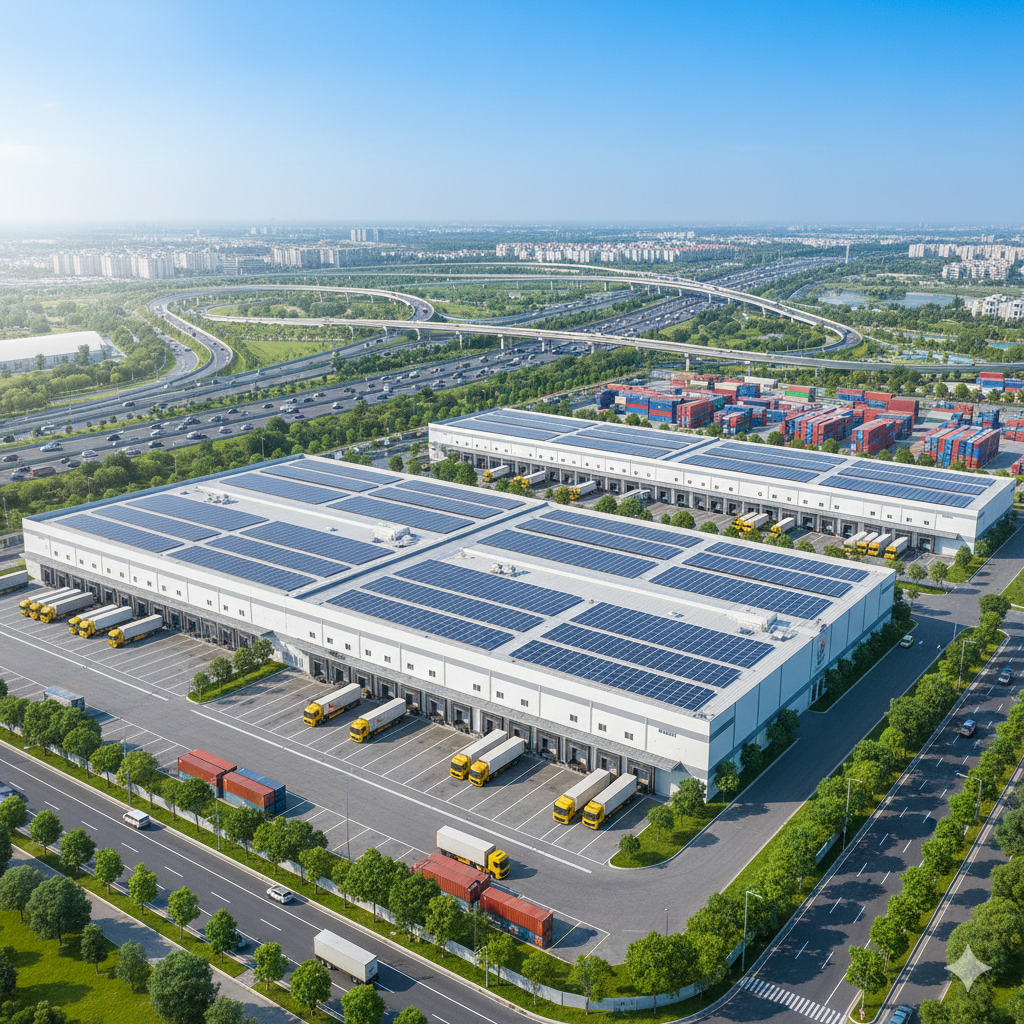Vietnam GDP is forecast to grow at an average rate of at least 10 percent per year during 2026–2030, solidifying the country’s position among the top three economies in Southeast Asia and within the world’s 30 largest economies, according to Deputy Prime Minister Nguyen Hoa Binh.
Speaking at the First Congress of the Government Party Organization for the 2025–2030 term, he emphasized that the ambitious target highlights Vietnam’s commitment to sustainable growth, innovation, and competitiveness.
By 2030, Vietnam’s GDP per capita could reach around USD 8,500, while the total GDP may expand to USD 510 billion by the end of 2025, ranking 32nd globally—five places higher than in 2020. The average income per capita is expected to surpass USD 5,000 this year, up from USD 3,552 in 2020. Strong growth above 8% in 2025 will create solid momentum for sustained double-digit expansion in the following years.

Customers shop in a supermarket in HCMC in November 2024. Photo by VnExpress/Quynh Tran
Trade and investment outlook
Vietnam GDP continues to benefit from robust trade performance, with total trade turnover projected to reach USD 850 billion in 2025, keeping the nation among the world’s 20 leading trading economies. The government plans to attract foreign direct investment (FDI) selectively, focusing on technology transfer, innovation, and green transition to maintain long-term competitiveness.
Strategic priorities for 2026–2030
To support high and stable Vietnam GDP growth, the government has outlined several strategic priorities:
- Develop a modern education system aligned with international standards.
- Strengthen national infrastructure, including expressways, railways, and urban transport systems.
- Foster science, technology, and digital transformation as key growth drivers.
- Maintain inflation control and fiscal discipline within safe limits.
By 2030, Vietnam aims to complete 5,000 kilometers of expressways, the coastal highway, and major railway projects such as the Lao Cai–Hanoi–Hai Phong line, along with 100 km of urban rail in Hanoi and Ho Chi Minh City.
Innovation and human capital as growth engines
The government is accelerating policies in science, technology, and innovation to ensure the digital economy contributes at least 30% to Vietnam GDP by 2030. Human resource development remains a top priority, particularly in 11 strategic technology sectors, to build a highly skilled workforce that meets international standards.
Deputy Prime Minister Nguyen Hoa Binh affirmed that the public sector would continue to lead and guide the economy, while the private sector plays a pivotal role in driving productivity and innovation.
At the opening session, Prime Minister Pham Minh Chinh noted that Vietnam has made significant progress across multiple sectors but warned that the 2026–2030 period would present new global challenges. He called for breakthrough measures to safeguard macroeconomic stability, control inflation, and sustain Vietnam GDP growth above 10 percent per year.
Source: Vnexpress
21/10/2025
 info@mplogistics.vn
info@mplogistics.vn (+84) 28 3811 9033
(+84) 28 3811 9033




 VN
VN